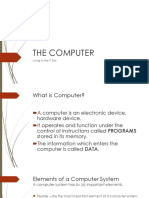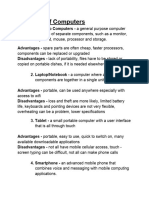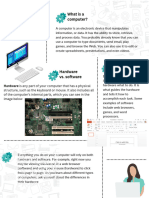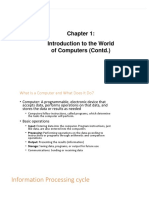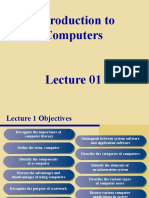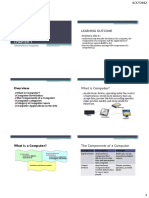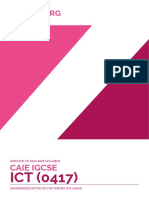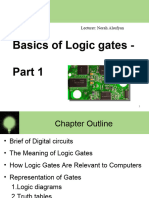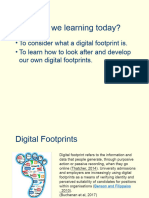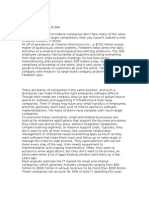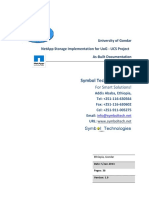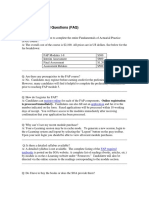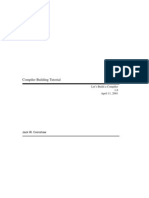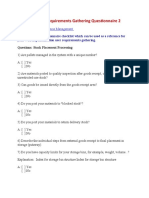0% found this document useful (0 votes)
27 views5 pagesHardware - Software (1.1)
1.1 Hardware Software for IGCSE
Uploaded by
M K KhaingCopyright
© © All Rights Reserved
We take content rights seriously. If you suspect this is your content, claim it here.
Available Formats
Download as PDF, TXT or read online on Scribd
0% found this document useful (0 votes)
27 views5 pagesHardware - Software (1.1)
1.1 Hardware Software for IGCSE
Uploaded by
M K KhaingCopyright
© © All Rights Reserved
We take content rights seriously. If you suspect this is your content, claim it here.
Available Formats
Download as PDF, TXT or read online on Scribd
/ 5



